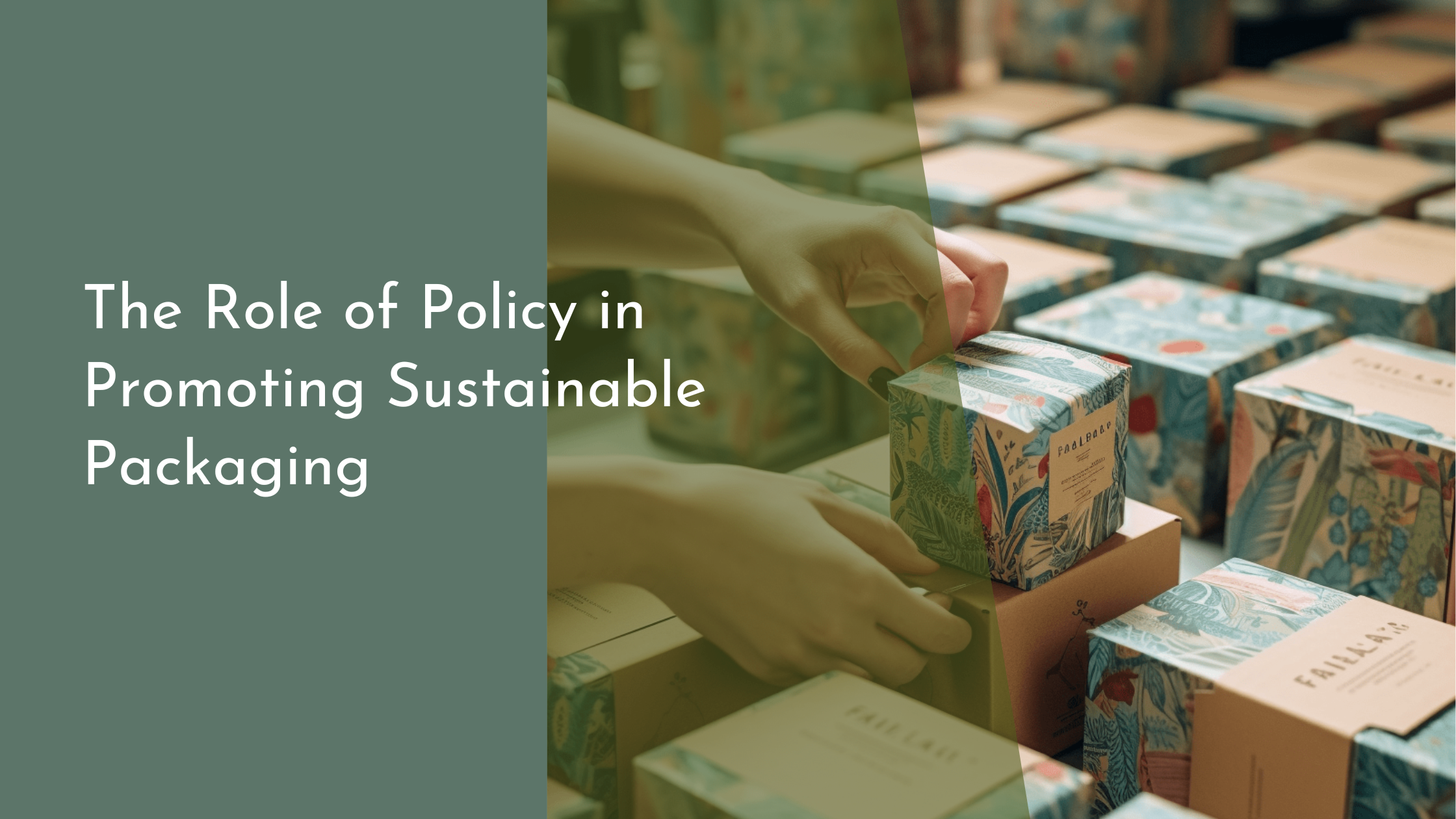The Role of Policy in Promoting Sustainable Packaging
Sustainable packaging has become an essential focus in efforts to mitigate environmental impacts associated with consumer products. As the global community becomes increasingly aware of the urgent need to reduce waste and conserve natural resources, the role of policy in promoting sustainable packaging has never been more pivotal. This article explores the multifaceted world of sustainable packaging through a lens of policy influence, showcasing how strategic regulations can lead to a greener future for the packaging industry.
Understanding Sustainable Packaging and Its Importance
Sustainable packaging refers to the development and use of packaging solutions that have minimal environmental impact and footprint. This encompasses a wide array of practices, including the use of recyclable materials, reduction in packaging material, and the incorporation of bioplastics. The importance of sustainable packaging lies in its potential to significantly reduce the volume of waste destined for landfills and to decrease carbon emissions associated with production and disposal processes. By adopting sustainable practices, companies can contribute to a circular economy where materials are continuously reused and recycled, thus preserving ecosystems and reducing pollution.
Moreover, consumers are increasingly demanding environmentally friendly products, making sustainable packaging a key aspect of brand strategy and market competitiveness. Companies that prioritize sustainable packaging not only benefit from enhanced brand reputation but also often experience cost savings through reduced material use and waste disposal fees. In the broader context, sustainable packaging supports global goals such as the United Nations Sustainable Development Goals (SDGs), specifically those related to responsible consumption and production and climate action, marking it as a crucial component in the fight against climate change.
Key Policies Shaping Sustainable Packaging Practices
Governments and international organizations have introduced a range of policies aimed at promoting sustainable packaging practices. One significant policy approach is the implementation of Extended Producer Responsibility (EPR) schemes. EPR policies mandate that producers are responsible for the end-of-life management of their products, including packaging. This incentivizes companies to design products with sustainability in mind, as they are held accountable for the entire lifecycle of their packaging. These policies often include financial contributions to recycling programs, targets for material recovery, and penalties for non-compliance.
Another critical area of policy development is the establishment of standards and certifications for sustainable packaging materials. Policies that define clear criteria for what constitutes recyclable, biodegradable, or compostable packaging can guide manufacturers in choosing sustainable materials and processes. By setting industry-wide benchmarks, these standards help create a level playing field and encourage innovation in packaging technology. As a result, businesses are driven to improve the sustainability of their packaging solutions, fostering an environment where greener options become the norm.
Successful Case Studies in Policy Implementation
The European Union’s Circular Economy Package serves as a prime example of successful policy implementation in promoting sustainable packaging. The legislation sets ambitious recycling targets and mandates that all packaging in the EU market be reusable or recyclable in an economically viable way by 2030. This directive has spurred innovation and collaboration across the European packaging industry, leading to advancements in material science and waste management practices. As a result, member states have reported significant increases in recycling rates and a reduction in landfill use.
In another example, California’s Plastic Pollution Prevention and Packaging Producer Responsibility Act has been instrumental in advancing sustainable packaging efforts in the United States. The law requires producers to reduce plastic packaging and meet specific recycling benchmarks. Since its enactment, there has been a noticeable shift in how companies approach packaging design and material selection. Businesses are increasingly adopting reusable and refillable packaging models, which not only reduce waste but also offer consumers more sustainable choices, demonstrating how effective policy can drive real change.
Conclusion: The Positive Impact of Policy on Packaging
Policies aimed at promoting sustainable packaging have had a profoundly positive impact on the environment and the economy. By creating frameworks that encourage innovation, accountability, and collaboration, these policies have catalyzed the development of creative packaging solutions that reduce waste and promote recycling. The ability of sustainable packaging policies to drive industry-wide change is evident in the increased adoption of eco-friendly materials and designs, leading to a more sustainable packaging landscape.
The role of policy in promoting sustainable packaging is crucial in steering both industry practices and consumer behaviors towards more sustainable futures. As governments and organizations continue to strengthen and expand these policies, the packaging industry is poised to make significant strides in reducing its environmental footprint. With continued support and innovation, sustainable packaging has the potential to become not just a niche market, but the industry standard, paving the way for a more sustainable world.

